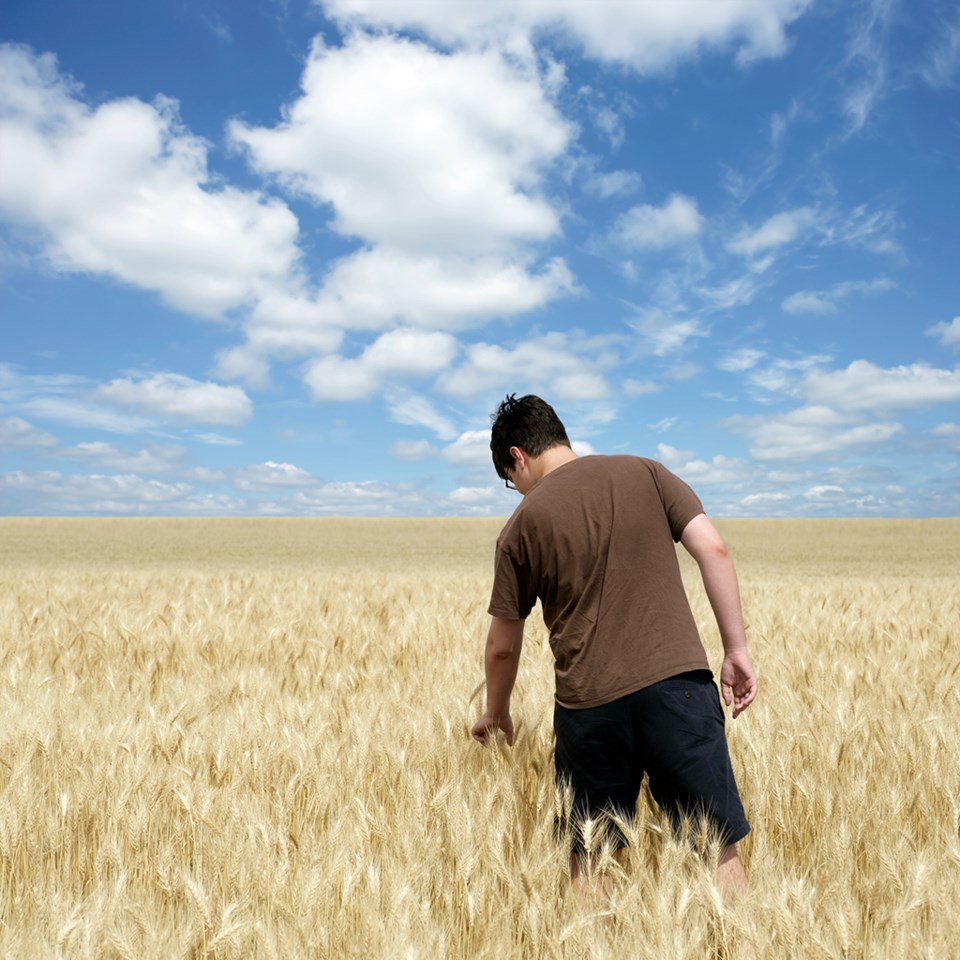WEYBURN - Growing conditions are becoming highly variable in the region, according to the crop report for the period of June 20 to 26, with some producers seeing their crop impacted by the heat and dry soil conditions, while others have good growing conditions and adequate moisture. Crops on lighter, sandier soils are the worst hit by the heat and lack of widespread rain. Overall, the crop in the region looks good, but without general rain, producers are worried about how quickly things could deteriorate in the upcoming July heat.
Regionally, 69 per cent of the fall cereals, 73 per cent of the spring cereals, 66 per cent of the oilseed crops and 70 per cent of the pulse crops are at their normal stages of development for this time of year. Crop conditions range from fair to excellent in the region, with 66 per cent of the lentils and 63 per cent of the spring wheat and canola being in good condition currently.
There were localized, heavy rains over the past week, with some of the highest amounts of weekly rainfall being recorded for the province. The Bienfait area received 51 mm while areas such as Whitewood and Weyburn received nearly 30 mm. Producers appreciated the moisture, but the excess moisture has caused severe flooding in some areas.
Cropland topsoil moisture is rated as two per cent surplus, 75 per cent adequate, 20 per cent short and three per cent very short. Hay and pasture land topsoil moisture is rated as one per cent surplus, 58 per cent adequate, 39 per cent short and two per cent very short.
Haying was delayed a day or two due to rainy, humid conditions.. Ten per cent of the hay crop is cut with three per cent baled or put into silage. Hay quality is rated as 28 per cent excellent and 72 per cent good.
The majority of crop damage this week was due to flooding, hail, gophers and insect pests such as cutworms and grasshoppers. Some producers have already sprayed fields multiple times hoping get the grasshoppers under control and reduce the impact on their crops. Producers have noted that gopher populations are once again high and they have caused significant damage in some fields.



